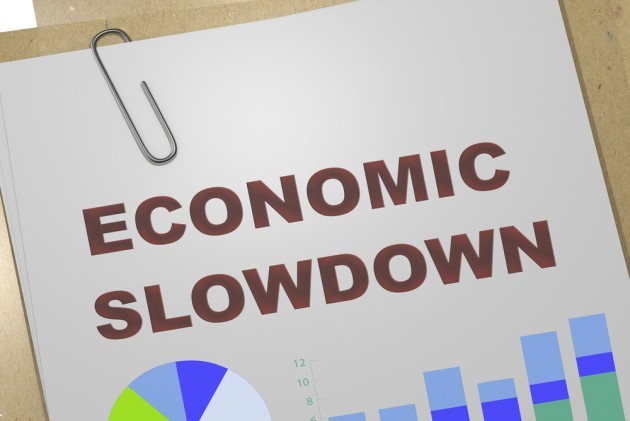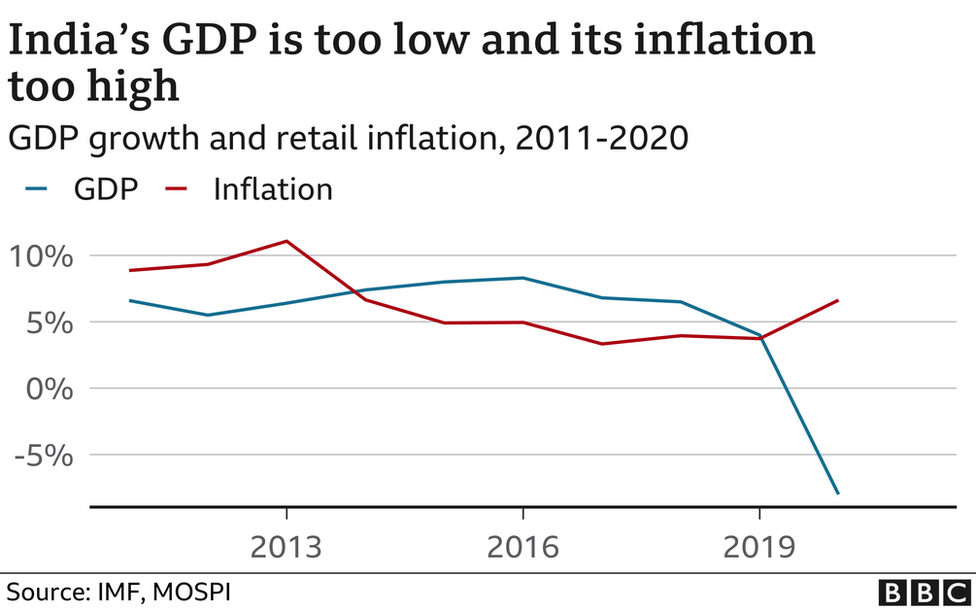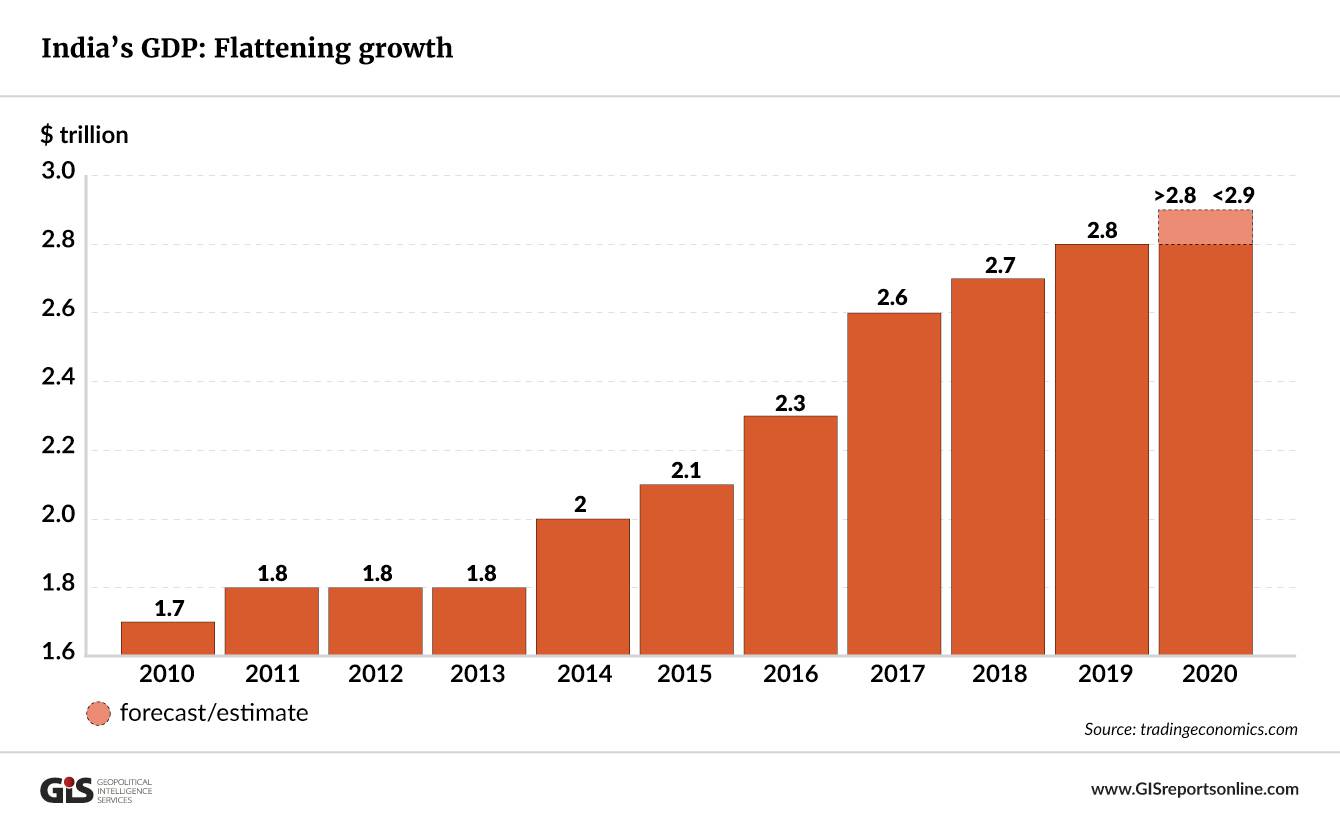
The COVID-19 pandemic has severely hit several big economy across the world. While some recovered from the recession immediately, as the virus lost its pace for months, giving a chance to open the markets for cash flow, others had no option of lifting the lockdowns as the virus keeps on coming with severe waves hence and forth.
The pandemic has gravely affected the markets, and the prices of goods and fuel have shot up with a rocket speed. The petrol price in India is running riots as in Maharashtra, as prices have touched a high of Rs. 101! Middle-class people are no longer be able to afford the fuel at these prices.
Similarly, there is a massive surge in the prices of fruits and vegetables also. Here the question arises, will the dignity and affordability of middle-class and lower-class people be considered in India if the prices keep shooting up at such a pace? After the Modi government took the power, the economy of India has been stumbling to balance on the block of a righteous path.
The poor have no option but to sleep empty stomach while the rich are making their profits. There is no balance in the economy. The central government kept the working institutions and markets open and left everything on the shoulders of the state government while being busy with the Bengal elections. Nevertheless, the economy has dipped so down, that it’d take a lot of time for it to recover.
India witnesses worst performing economy in 4 decades!

India’s economy has dipped down to a growth rate of 7.3 percent in FY20-21. This has been the worst-performing economic growth of the country after four decades, pushing the country in the list of worst-performing dominant economies in the world. There is an insignificant rise of merely 1.6 percent in the fourth quarter of fiscal.
The GDP data was released by NSO, National Statistical Office on Monday, which mentioned that India’s GDP has hit severely when the lockdown was not implemented in the country, i.e. during the second wave. The previous year, India imposed a four-month lockdown from March-end to June. PM Modi dismantled all the possibilities of imposing a lockdown in his address to the nation in April to save the economy but his efforts did not give an encouraging result.
The January-March performance was way worse than the entire period of growth. Even though the markets and other sectors were completely opened, the GDP still stumbled down to the growth rate of 1.6% which implies that the country’s GDP and economic health are not performing well.
“Real GDP or Gross Domestic Product (GDP) in Constant (2011-12) Prices for the year 2020-21 are now estimated to reach the level of .1 135.13 lakh crore, compared to the First Revised Estimate of GDP for 2019-20 of 145.69 lakh crore, released on 29th January 2021. GDP growth in 2020-21 is estimated at 7.3% compared to 4.0 percent in 2019-20, “said the Department of Statistics and Program Implementation.

Due to the contraction of construction and manufacturing industries, the GDP showed a poor growth of four percent in the year 2019-2020. As India was hit severely with the COVID-19 pandemic, in the first quarter of 2020-2021, the GDP of India shrunk to 24.38%, making it an all-time low.
On Monday evening, CSO, Central Statistical Office released the figures of GDP for the January-March quarter and FY20-21. The national lockdowns to stop the infection spread, pandemic fluctuations have contracted India’s GDP severely in the first half of FY21. The October-December quarter had a growth rate of 0.4%, returning to the positive territory. Again in April-June, the economy contracted to 24.38 percent and improved by a positive rate of 7.5%, later contracted in July-September.
The CSO has indicated that the GDP contract is eight percent in FY21, meaning a 1.1 percent withdrawal in March. Meanwhile, the Reserve Bank of India has targeted a 7.5 percent FY21 agreement. However, most analysts expected the economy to return at a faster rate than expected in March, and they predicted that the FY21 contract would be below the CSO rate of 8 percent. According to an SBI study report, India’s GDP is likely to grow by 1.3 percent in the January-March quarter, thus leading to a lower-than-expected reduction of 7.3 percent during the FY21 period.





